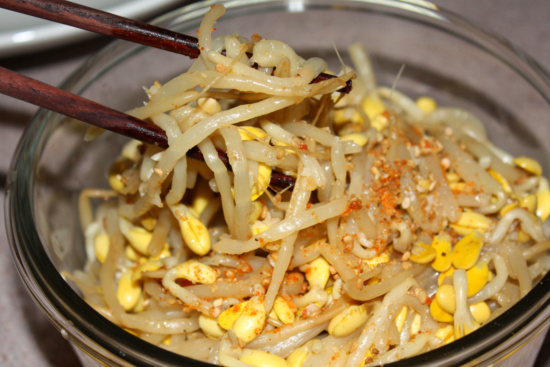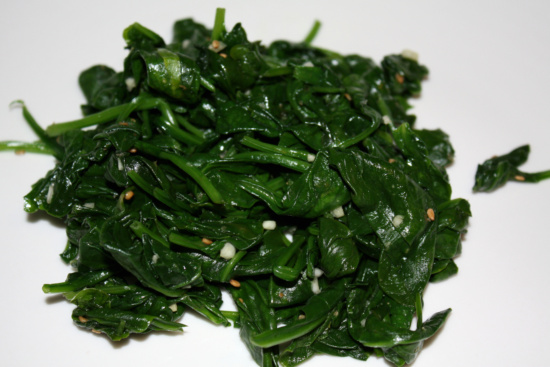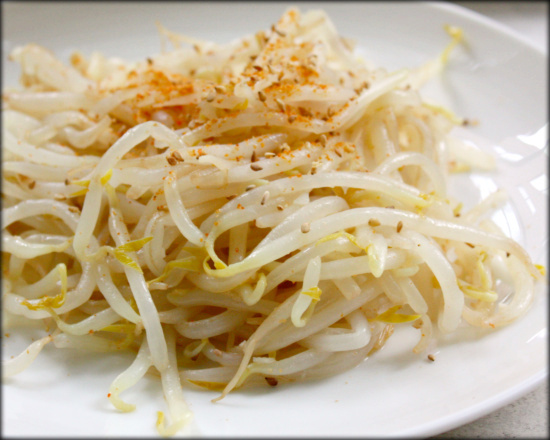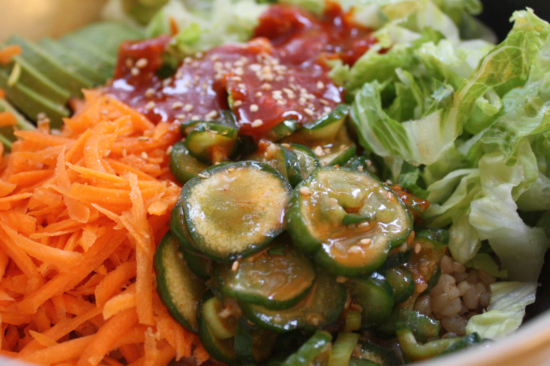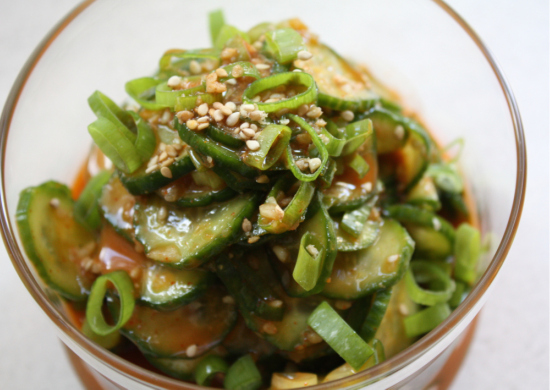I was not a fan of Kongnamul Muchim (Korean Soybean Sprouts Banchan/Side Dish) when I was young. I hated beans of any and all kinds. I couldn’t stand the taste, texture, and the smell of them. In fact, I used to take the “Kong” – which directly translates to “bean” in Korean – off of the Kongnamul and eat only the sprout end. That was then. This is now.
Maybe your taste buds change as you get older. But there are so many things I hated as a kid that I actually love today; Kongnamul is one of them. You may think that Kongnamul and Sukju Namul are so similar in appearance that their taste may also be indistinguishable. So if I liked Sukju Namul, how could I not have liked Kongnamul? Au contraire. Kongnamul has a unique crunchy texture, nutty aroma and taste that is completely different from anything else.

